this is an essay once entitled, “revolutionary love costs you your sanity, at minimum. are we sincerely prepared for it to cost us our life?”
Hello and welcome to threadings., the newsletter and podcast where we consider the bits of my politic that stitch me together like a patchwork quilt. Today, I am bound together at the seams by the thought of a new world//what it might cost us//what we stand to gain. I write to you bereaved from watching the avalanches of death manufactured by the United States, via their bloodchildren (the United Nations, the so-called state of Israel, the existence of the US Dollar, and more). I am bereaved from the war in Sudan, knowing that a war of similar groundings burned my grandmother’s home to the ground. I write to you feeling grief bloom in my bones.
The first thing I (Ismatu) do in this essay is give the work presented context. Why do I write this? What does it matter? What does the work of considering sanity (or the lack thereof) change about me?
The next thing I will do in this essay is move through the chosen text: How to Go Mad without Losing Your Mind’s chapter one, “Mad is a Place” written by La Marr Jurelle Bruce. I move through this text with reverence to revolutionary thought, intent, and action as I know them.
And the third thing we (those reading, writing, watching) will do together is consider what it means lay down our sane minds as we move towards means of world-making. Because: there is a world coming after this one. I consider it inevitable. Not “wishful thinking,” not the idealism or hubris of being youg— a new world is coming like the dawn. It’s like a baby being born. It’s inevitable. Capitalism is crumbling around us; the world that comes after this one is up to us. But something is coming.
At the top of this essay, I remind us all: to call for revolution is to call for death. There is no iteration of Western, sanitized Reason that will co-sign the destruction of itself— the system that keeps us at the mercy of our extractors. Death makes the ground fertile for life, as per the design of nature.
Thesis: there is no future that belongs to the people in which we stay Sane. Revolutionary thought, intent, and action requires insanity.
I am ahead of myself. First, the context.
This essay marks the start of the Revolutionary Healers series.
Originally, when I planned the Revolutionary Healers series, I did so to contextualize the decision to practice mental healthcare for free. The works from my unwavering faith in the world I see coming compel my hands to do what I have been previously told is impossible. I spent the entire arch of my personal story dreaming aloud of healthcare for free, and was told by everyone Reasonable it was not possible. In part, I deliver this essay to argue that to negotiate Reasonability is to negotiate with terrorists.
Within world-making, the ends are the means.
Every decision I make propels me forward, shifts my timeline, grants me access to new and different modes of being. I am just as capable of world-making as you, as our neighbors, or our statesman in the ruling class. I study the work of people that came before to guide my steps forward in the decisions I make (that lead to the world my hands touch). Two foundational principles from the words of Che Guevara:
On Revolutionary Medicine: For one to be a revolutionary doctor or to be a revolutionary at all, there must first be a revolution.
Notes for the Study of the Ideology of the Cuban Revolution, quoting Lenin: Without a revolutionary theory, there is no revolutionary movement.
So I do not consider revolution or world-making as a young person because I romanticize war— once again, I cannot stress enough, to call for revolution is to call for death. I consider revolutionary theory and praxis because I prepare for when war comes to my door, as it must eventually when you live in a country whose the largest asset and most lucrative export is the US Military. Or when you are from a country that is considered “war-torn” as foreign powers quietly ransack the diamonds and gold in droves. And. Beyond surviving the violences of slavery-backed capitalism, I consider world-making to be universally-accessible work. We currently wade through a world order born from the ideations of extractive, war-mongering, white anglo-saxon slave-owners. Terrorists. Why would I allow them to tell me what is possible?
So then, in my endeavors to be the person I dream of being in as real a time, I decided to practice for free and study in public. [Editor’s note: if you’re new here, I have my master’s in clinical social work and a concentration in health administration and policy. Dissemination of accessible healthcare, in this case mental healthcare, is kinda my jam and jelly.] The announcement came after months of ruminating, of feeling unsatisfied, of considering the financial precarity, attempting to charge (poorly) and finding that I had no other choice but to find a way to provide my works for free. Work done for the benefit of the community needs to be accessible to the community at large; all cost is a barrier; cost eradicated. Done.
My initial machinations for the Revolutionary Healers series were essentially, show your work, ismatu. If I wanted to expand into space the way I dream of doing, if I want my ripple effects to disturb the placid lake of Reasonable Possibility, I must then do something outside what I have been told is Rational. I received feedback which called various words for crazy: manic. Deranged. Self-harming.
Thus, the context that this essay comes to you, the reader, from makes itself known. I feel nothing but unconditional peace. Revolutionary work (such as free medical care) will always, always, seem crazy in these iterations of Possibility.
How to Go Mad without Losing Your Mind by La Marr Jurelle Bruce: Mad Is a Place
From the text: Hold tight. The way to go mad without losing your mind is sometimes unruly. It might send you staggering across asylum hallways, heckled by disembodied voices— or shimmying over spotlight stages, being greeting by loving applause. It might find you freewheeling through fever dreams, then marching towards freedom dreams, then scrambling from sleep, with blood and stars in your eyes, the whole world a waking dream. But for now, we wade through a liquid void, among ominous ships, where this study begins.
Dr. La Marr Jurelle Bruce is such a moment. What a superb read this is.
I consider How to Go Mad without Losing Your Mind: Madness and Black Radical Creativity mandatory for world-building praxis. When discussing revolution, we think about violence first. We think about [joke about, are tempted by] the burning and the bombing and the tearing down—and yes. Duh. All of that is necessary [and I do repeat: necessary] for the purpose of having a new world stand on top of fertile ground. Death makes the ground fertile by the design of nature. “Civilians” become martyrs because we, the world-makers left behind, do not allow them to die for the gain of colonizers. What do we want? What do we build? Do we remember how crucial the work of honing our imagination is as part of revolutionary theory? Thus: How to Go Mad is a study of the madness present in Black radical creativity. Without creativity, the means to think up world makings we cannot yet see/taste/touch, what do we take up arms for? What do you burn and fight and kill for if you cannot taste the sweet plum of freedom bursting on the other side? Revolution is to call for death you cannot hide for the sweet plums ripened on the other side. The first and most necessary death of revolution is the death of all semblance of Reason.
Questions for your reading and my writing consideration: What is Reason? What is unReason? What kinds of madness are there? Which madness(es) calls to us? Why is it so important that we reject the lens of the current world-markers when thinking about what freedom will actually cost us?
What is Reason?
From the text: For the purposes of this study, I distinguish reason (lowercase) from Reason (uppercase). The former, reason, signifies a generic process of cognition within a given system of logic… Meanwhile, Reason is a proper noun denoting positivist, secularist, Enlightenment-rooted episteme purported to uphold objective “truth” while mapping and mastering the world. (page four)
In my own words: Reason (capital R) is a school of thought conceived from white world-makers to decide who is compliant with their world-makings and their understandings, and who is deviant (and thus dangerous) to those understandings. This is my personal definition; I came to rest on these understandings while I waded through Very Expensive Therapy School (™). A thesis that exists a bit later in chapter one speaks to this truth: psychiatry is susceptible to ideology (7). All of the psy-sciences (psychiatry, psychology, sciences of the mind and understandings of what makes sanity and insanity) are based in the ideologies of the person holding the evaluation form. I want us to note the emphasis on world-making— Reason decides what is an appropriate, understandable, “reasonable” school of thought as a means of thought policing. Reason quite literally creates enforceable policy on what one can be allowed to think without the threat of psychiatric imprisonment, social ostracization, state violence, even justification for public lynching.
[Editor’s note: Rest in peace, Elijah McClain. I wish you the dearest peace in your rest.]
To deviate from Reason is to call forth some kind of death. This alone should tell us something about the role of unReason in calling forth revolution.
What is unReason?
From the text: …political theorist Achille Mbembe remarks that “it is on the basis of a distinction between reason and unreason (passion, fantasy) that late-modern criticism has been able to articulate a certain idea of the political, the community, the subject, or more fundamentally, of what the good life is all about, how to to achieve it, and, in the process, to become a fully moral agent. The exercise of reason is tantamount to the exercise of freedom. (4)
further listening from Mbembe, for the nerdettes:
Passion as unReason, finding oneself compelled by the emotion which emanates from our bones, which we are told never to lead with. Fantasy as unReason— escape into a world where one can experience this one, even (especially?) if it only exists in the mental sphere. Reason is the means one utilizes to gain freedom, and the pursuit of freedom (life, liberty and happiness, or whatever those genocidal white men said) is exactly how one becomes a moral agent. Morality here (and everywhere in the white and Western world) acts a prerequisite to qualifying as a Human. A common tool of white supremacist propaganda frames targets of their genocidal intents as people who have no imaginable morals in white boundaries of understandings. Would recommend this video on the marketing on Islamophobia by Saffana, a writer and an expert in copywriting— beautifully displays the framing for how fast one is no longer human when you can frame them as “amoral.”
[a note from the editor: One day, I will write an essay about post-humanism, because to be Human in this world is to be white and wealthy. Today is not the day.] So then what kind of unReason is the desire for revolution? Passion or fantasy?
I argue will to act in revolutionary theology comes from a mix of the two. We now turn to Bruce, who argues for a third entry for unReason: madness itself.
What kinds of madness are there?

Bruce brilliantly builds us the foundation for madness as methodology, wherein madness is an “ensemble of epistemological modes, political praxes, interpretive techniques, affective dispositions, existential orientations, and ways of life (9).” With this text, he imagines mad as a place one can inhabit, specifically at the intersection of Black radical creativity. Madness as a “floating signifier and dynamic social construction that evades stable definition” and madness as a “lived reality that demands sustained attention.” Bruce puts forth four kinds of madnesses as conglomerates. Everything in italics is taken from the text.
Phenomenal madness: an intense unruliness of the mind— producing fundamental crises of perception, emotion, meaning, and selfhood— as experienced in the conscious of the madsubject. Phenomenal madness is first person: singularly felt and centers the interior mindscape of the madsubject. Phenomenal madness is, then, self-experienced and self-defined.
Medicalized madness: the range of “serious mental illnesses” and psychopathologies codified by the psy-sciences of psychiatry, psychology, and psychoanalysis. These serious conditions include schizophrenia, dissociative identity disorder, bipolar disorder, borderline personality disorder, and the antiquated diagnosis of medical “insanity.” Medicalized madness is felt individually, yet diagnosed (or pulled into reality as a consequential condition) by a secondhand party. The experience of madness then is both in the person laboring under a diagnosis which might strip them of their freedoms or ability to pursue freedoms and by the medical professional exacting those chains.
I cannot stress enough that medicalized madness garners its powers from the hallmark of legitimacy. White-made, white-servicing Logic is responsible for targeting Black men with increased diagnoses of schizophrenia1 when “there is nothing inherently, ontologically, transhistorically pathological about hearing voices” (7). As Bruce states: psychiatry is susceptible to ideology. White made conceptions of rationality once had Black people marked as clinically insane for desiring to seek freedom in the days of the Confederacy (17). Each and every system of the current world-makings is susceptible to ideology.
The Madness of Rage: an affective state of intense and aggressive displeasure (which is surely phenomenal, but warrants analytic distinction from the unruliness [of phenomenal madness]. Black people in the United States and elsewhere have been subjected to heinous violence and degradation, but rarely granted recourse. Consequently, as singer-songwriter Solange Knowles reminds us, black people “got the right to be mad” and “got a lot to be mad about.” The inclusion of rage as madness delights me, not just in the acknowledgement of the way mad (angry) also habitually means mad (crazy). Madness as rage is the first categorization that posits madness as something that a group can feel collectively. Rage is not just individually felt and policed individually— blessed rage, generational rage, rage anointed in blood moves entire bodies of people into uprisings. The response from the whitely Sane, then, also coalesces into a collective backlash.
With this, I wish to briefly jump forward in the text a tad to highlight an instances of collective madness (rage and psychosocial madness) within the diaspora: the birthplace of alleged dysaesthesia aethiopica, what makes Black people “pathology lazy,” Haiti (18), the first (and thus far, only) Black nation to successfully hold a slave revolt and win their country back after twelve years of armed insurgency. What else but the madness of rage could compel a people to call for massive death? Rage, hefty doses of phenomenal madness, mixed together in a cauldron of psychosocial madness, proved to be beautifully lethal. The perpetual madplace of Haiti causes the West to find any excuse to occupy her, destabilize her, and further ensure that they cannot world-make a reality where the Haitian moves free to determine freedom and sovereignty for her own bought-and-paid-for self. We see this currently as the United Nations (*retching noises*) clears another genocidal occupation of Haiti through the use of Ugandan and Rwandan soldiers.
Note: I might input spiritual madness as a category separately, due to the spiritual bloomings of voodoo in the Haitian revolution. I use the word “bloomings” not because voodoo found its birthplace in the burgeoning nation, but how voodoo played a massive part in the ceremony which inaugurated the war. Spiritual practices that honor ancestral lines, venerate and strengthen deities and spiritual figures outside of the Judeo-Christian pantheon, how intensely white genocidal world-makers shroud indigenous traditional religions and spiritual praxes across the globe with complete demonization— as if we don’t sacrifice children on the altar of white capitalism all the time2— constitutes its own type of madness. But again. That’s an entirely separate essay.
Psychosocial Madness: radical deviation from the normal within a given psychosocial milieu. Any person or practice that perplexes and vexes the psycho-normative status quo is liable to be labeled crazy. Psychosocial madness is one where an individual person (or a group of people) deviating from the status quo is policed by the collective, who legitimize themselves not through elite education or a degree of expertise, but from the Reasonable understanding that they are within correct and polite society. Individually felt, communally-policed.
What madness(es) call to us? Collectively and personally?
So then, where is Reason in liberation? Let’s focus in on Nat Turner’s Rebellion.
Nat Turner was a “self-avowed prophet” (20)— though in my personal text, I scribbled out the “self-avowed” because it felt too much like allegedly— who led his constituency to kill their genocidal overseers. Around sixty total fell dead at the hands of people they [white landowners, allegedly “civilians”] butchered slowly for the purposes of labor extraction and capital gains. Nothing about this sort of armed resistance was Reasonable, and (because) it was effective in emboldening enslaved people to fight back. “Because of the prophet’s access to heaven’s revelations, the madperson’s exile from the domain of Reason, and the genius’s elevation above ordinary intelligence curves, all three of these figures inhabit spheres of mind supposedly inaccesible to normal-minded masses.” (21)
I want us to note: armed resistance is always called terrorism when the narrative is not written by the people rebelling. Words like “civilian” and “terrorist” are matters of opinion, up entirely to the person holding the pen.
Preliminary Conclusions: Freedom exists outside Sanity. It will never be “sane” to negotiate your individual life for collective liberation.
It might seem counter-intuitive to start a series on healing focusing on death. I don’t think so. To be focused on healing means you often breathe in the death around you in attempts to preserve life. The reality of my experiences in the healing vocations is that you are the first people to feel the ripple effects of bodies hitting the floor.
The month of October has seen death live-televised in ways that we (US-Americans and others of us living in imperial cores) do not personally understand. We do not live in circumstances where we cannot hide the dead.

What happens when there are so many dead bodies piling up you cannot bury them? You cannot even find them all? What becomes of you, the witness, the still alive, who scramble to aid the dying-not-yet-dead while infrastructure is decimated around you? When bodies, people that escape the crushing and leave behind their beautiful bodies. Their once breathing bodies. Rot under rubble. There is no sanity left. Sanity is not how you survive extermination brigades. It certainly is not what compels you to fight back, by documentation, with armed resistance, or by continuing to serve as a doctor in a collapsed medical system. Even just trying to imagine the carnage drains even-measured sanity out of one’s ears like a faucet. The world turns over.
To be a revolutionary healer means that you have taken it upon yourself contend with death that cannot hide. It means death to the left of you, death to the right of you, death which befalls you for doing your job. In the pursuit of life for those of us that are meant to die under bondage, one becomes a target for the empire’s ammunition. In every war, medical professionals are targeted for attempting— for just the attempt— to save people from death.
Rouzan al-Najjar, shot dead in 2018 by Israeli Occupying Forces for providing medical care during the 2018 Gaza border protests. She was twenty years old— too poor to study at university so she took up a course in nursing. She was born eleven months before me and died shot to death with her hands in the air.
The task before me with my corner of the world’s stage exceeds laying out each tragedy of the peri-colonial world so that we can quiz ourselves on how informed we are. The task is to train us in study. The People in mass bloom from the same roots. We want sovereignty within our communities and lands that keep us peacefully. Such desires— kind stewardship— are interrupted, bulldozed, shot point blank, enslaved, tortured, maimed, brutalized, strung up and buried by the terrorist organizations called the nation-state.
I ask what we want because we continue to frame revolution as a fight against something. We call for ceasefires and an end to slavery and to stop deforestation and I just. You can call me cynical or idealist or any other thing— what I am is someone cognizant of what compels people to action. The more we admonish what it is we don’t want, the more our media is saturated with it. It is not a coincidence that Western news, both traditional and via social media, is saturated with the desolation of bombings with little to no mention of the amount of organized, targeted, effective Palestinian armed resistance groups that has kept the ground invasion of so-called Israel out of Gaza strip.
[Editors note: I would recommend keeping abreast of the battles via Resistance News Network’s telegram].
if you surrender to the Madness, you can ride it.
Here, as a post-script, I expand on the notes I have jot down on the title page of my copy of the text.
Madness is marked with the sure and unending belief of strangers. That’s what you do with wayward seeds of hope—as time loops in on herself, you wrap them in paper towel and allow them to germinate. You shine them with the warm light of steely determination— the knowledge that a new world is coming like the dawn; like it’s inevitable; like it’s already on the way. Phonate on what you want that seed to grow into. Bury your hope and pray that even if you cannot personally see the sweet plums ripen, your children(’s children’s children) will. I scribble these notes on a plane enduring terrible turbulence, and I am insane, momentarily, to feel complete peace. I only feel peace because I am certain of our landing. Madness kisses us in our chapters of despair that we . We are mad to survive in the face of imminent death and have been mad— through generations, through genocides, fast and slow. And so what? So what of the madness? If you surrender to the Mad, you can ride it.
peace.
ig
Bolden, Khalima A., Poh Choo How, Swati Rao, and Deidre M. Anglin. "Social injustice and schizophrenia." Social (In) Justice and Mental Health (2020): 145-56.
Nor am I kidding on this. Word to my hometown, Littleton CO.





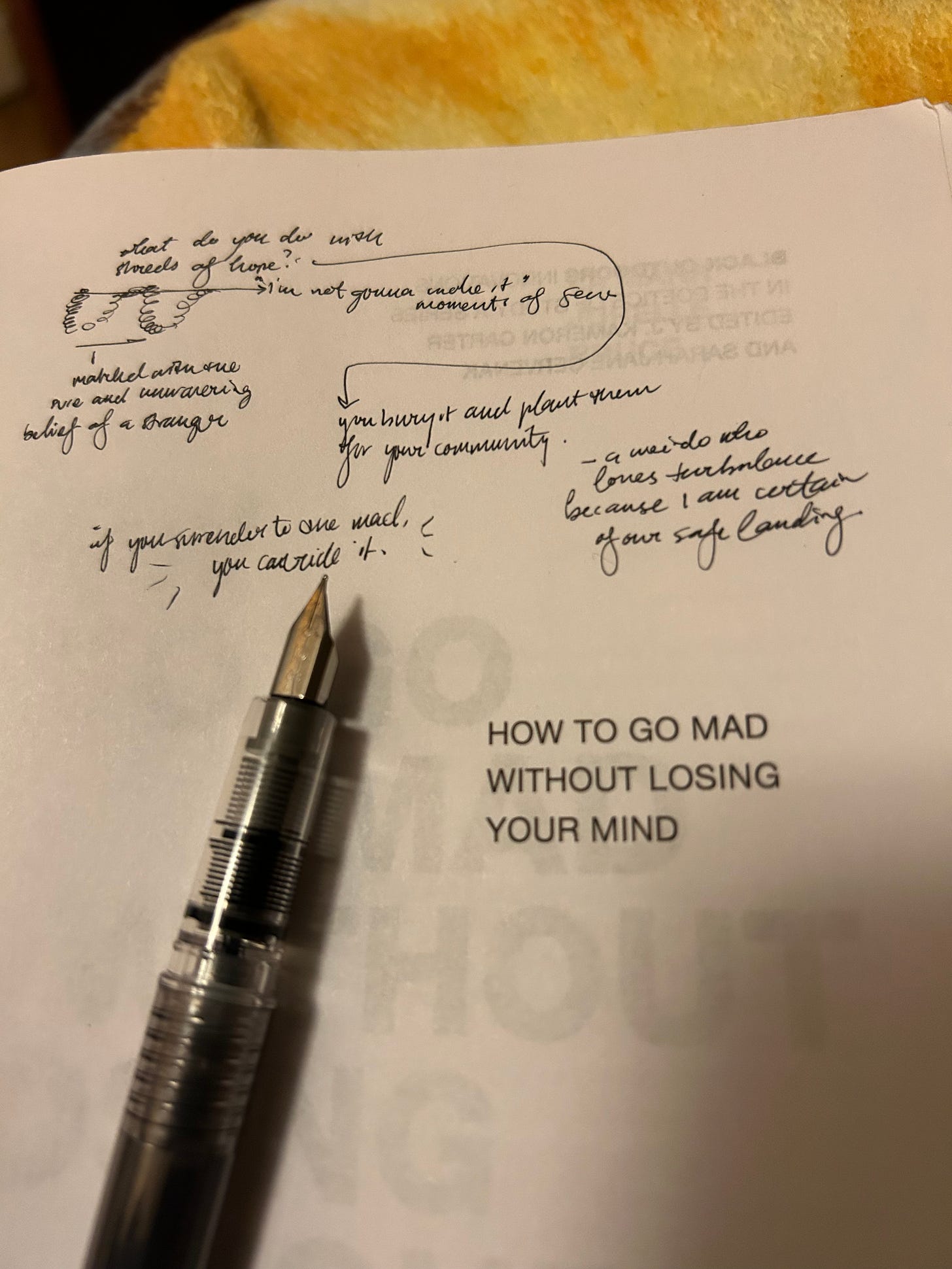

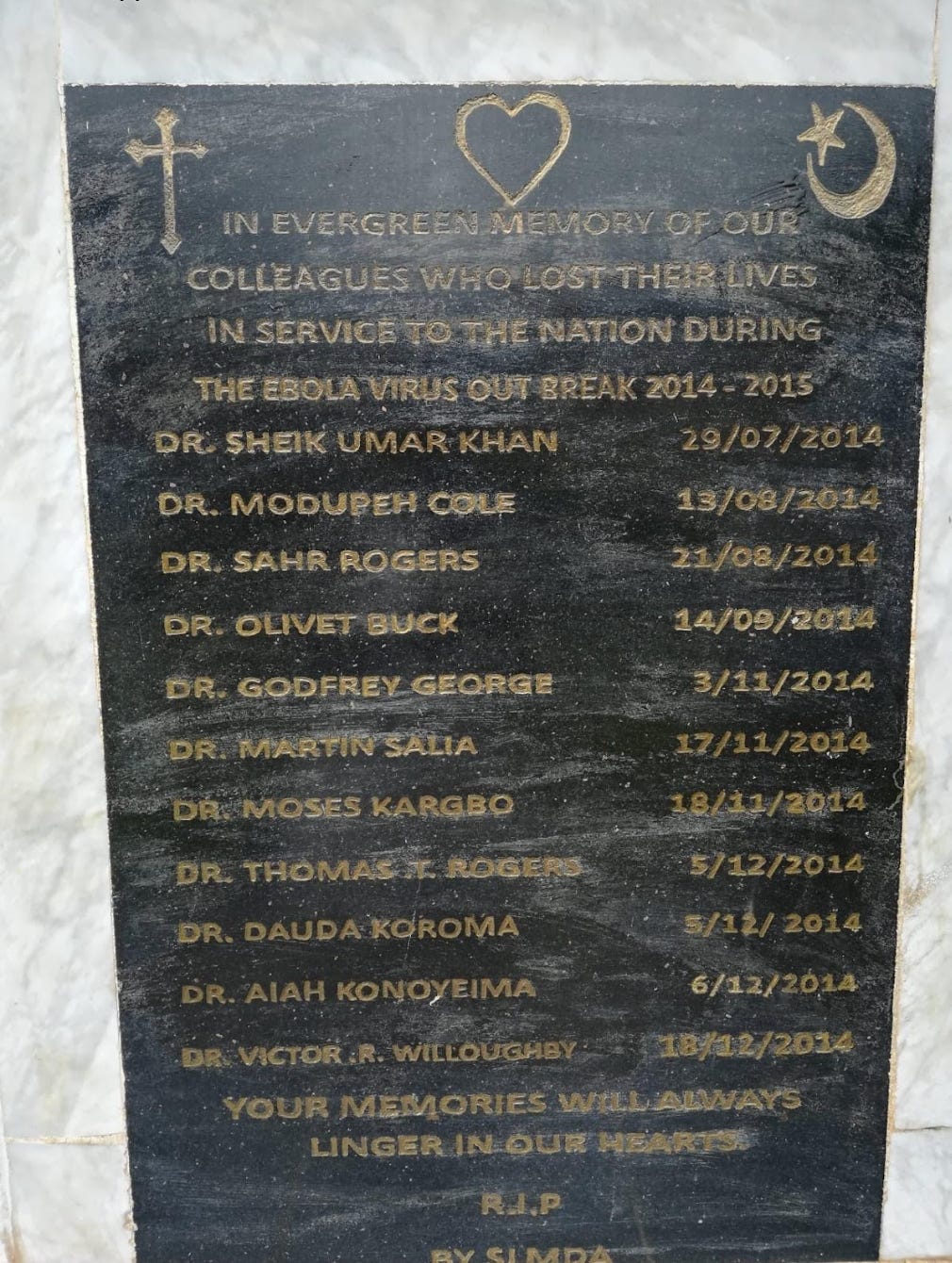






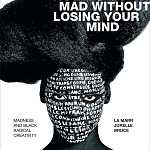

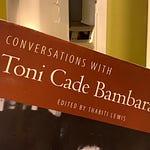



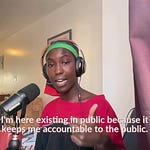
There Is No Revolution without Madness.